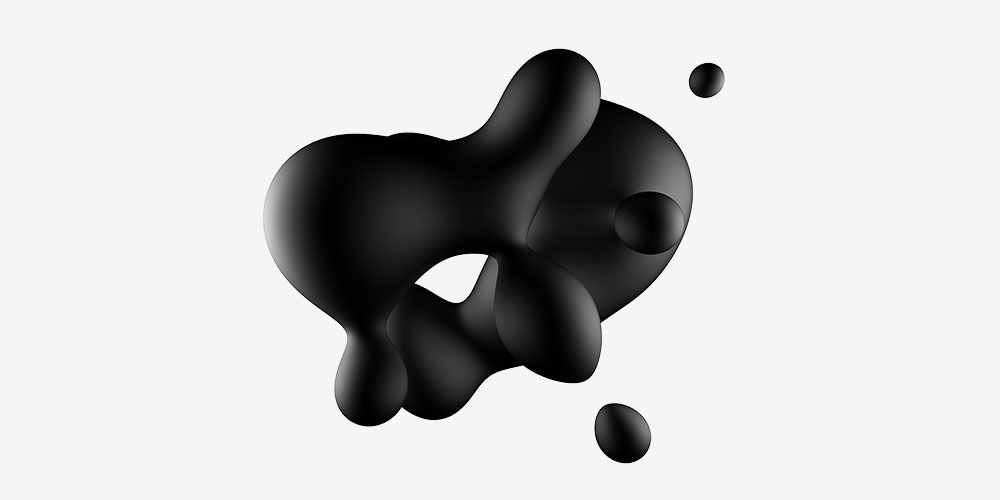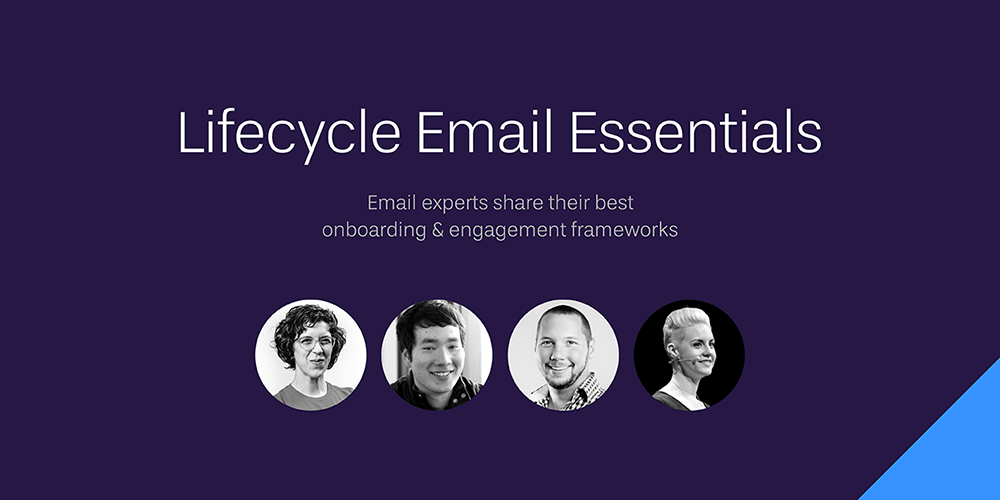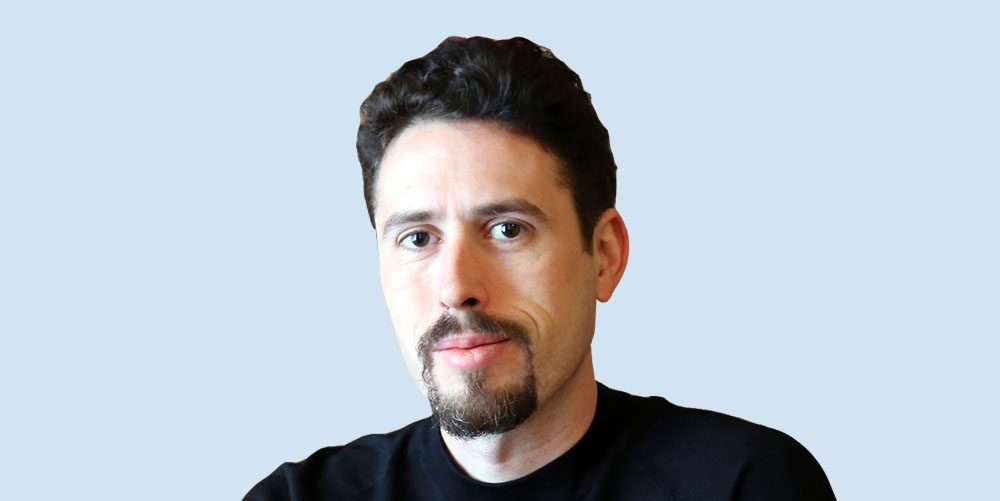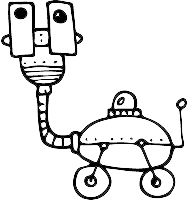Almost every SaaS platform is religiously watching their competitors — but turning a blind eye to some of the best inspiration they could find elsewhere. Even though SaaS leads the way in retention marketing, there’s a TON to learn from two other industries you’re likely ignoring.
In this article, we’ll look into specific examples from ecommerce and coaching businesses. You’ll learn what they’re brilliant at, and how to borrow these strategies for your B2B SaaS business.
But first, let’s talk about what a holistic email marketing strategy looks like.
Don’t wait for the muse. Apply this step-by-step method to write high-performing email campaigns in hours, not weeks.
The holy trinity of a successful email marketing strategy
There are 3 key pillars to any successful email marketing strategy:
- Acquisition. A smooth top-of-funnel system to acquire new users.
- Acceleration. Seamless autoresponders to carry new subscribers from opt-in to paid customer.
- Retention. A bulletproof backend CRM strategy to minimize churn and maximize customer lifetime value.
Traditionally, most SaaS companies stay focused on other companies just like them for email marketing inspiration. However, there are other industries you should be watching closely if you want to master all three.
Ecommerce: masters of acquisition
An expert acquisition strategy can fix almost any bottleneck in your sales stream. As long as new users are signing up, your pipeline is growing, and any other improvements will have exponential returns.
If you’re focused on improving your current acquisition strategy, there’s one tool that’s impossible to ignore — incentives, also known as lead magnets.
No matter what goal you’re pushing your traffic towards (a webinar, free download, or trial), the easiest way to improve your conversion rate is to improve your incentives. But what does that mean?
Case study: Athletic Greens
Let’s take a look at one of the most successful ecommerce companies to date, Athletic Greens.
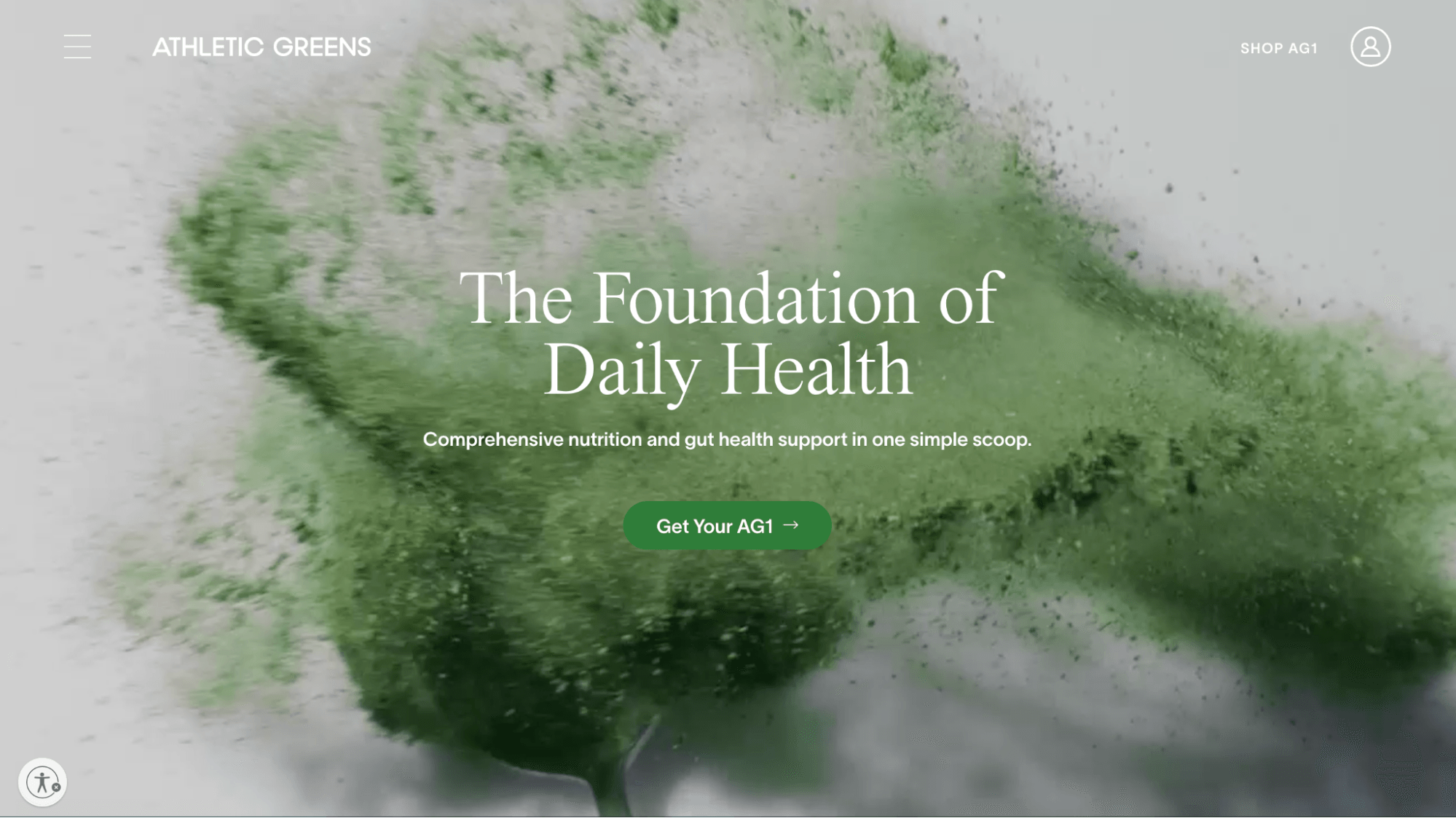
Their nutritional supplements are taking the industry by storm, with a winning combination of high quality and cost effectiveness that’s brought them to over $150M/year in revenue. Their number one growth strategy has been offering incentivized purchases through podcast ads, paid social, influencer programs and more.
But, that doesn’t mean they only have ONE incentive, they’ve got multiple.
Here’s a few they’ve used over the years:
- A year’s worth of vitamin D with first purchase for free;
- 10% off the first purchase with certain promotion codes;
- 5 free travel packs with your first purchase; and
- A scaling system using pricing and free gift tiers right on their homepage.
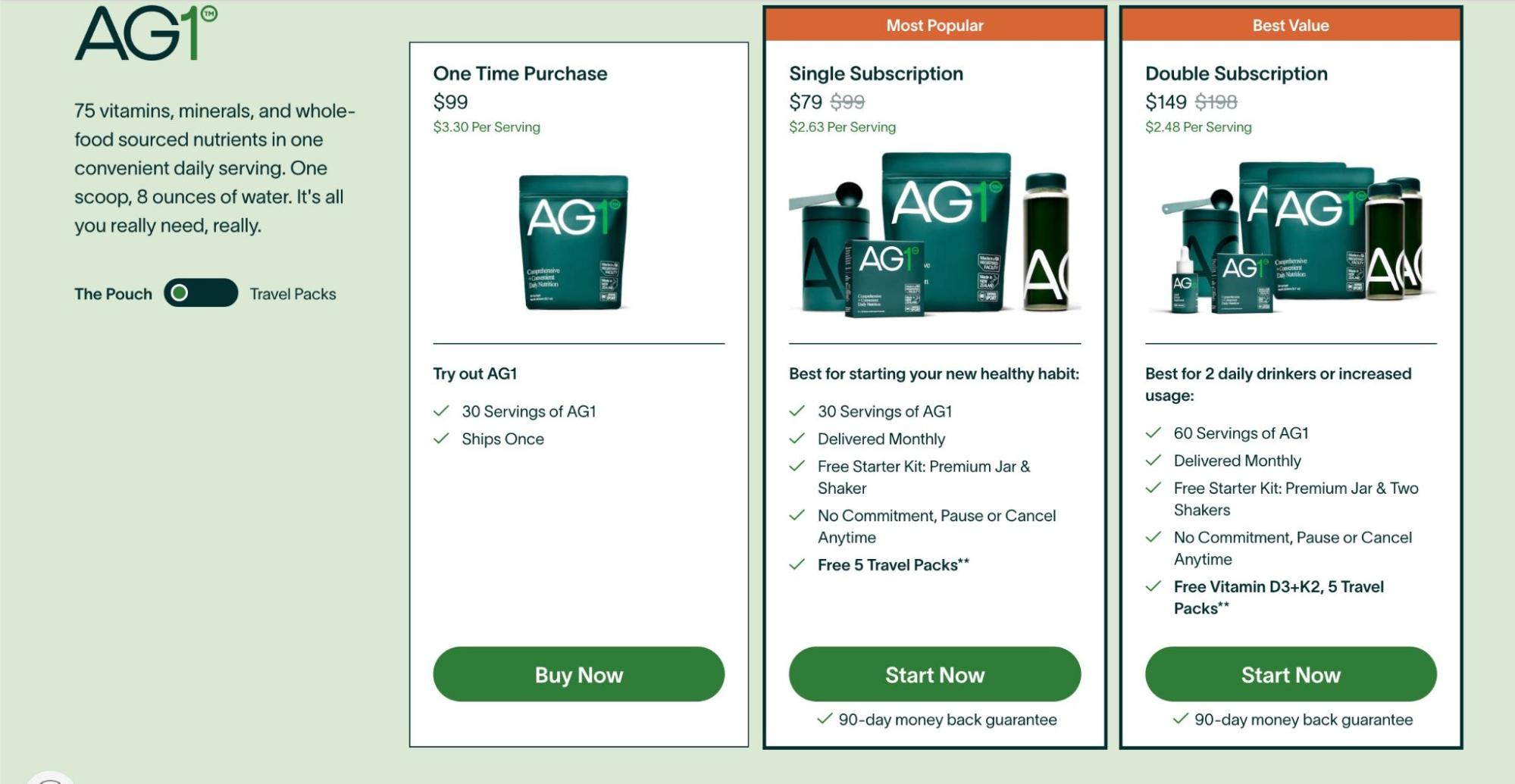
Other ecommerce companies to draw inspiration from
- MeUndies and their amazing referral program
- BirchBox partners with countless other brands as a channel partner
- BLK and Bold personalizes their incentives based on user preferences (coffee or tea)
- Ned’s “product finder” quiz to connect new users with the perfect benefit for them
Applying incentives to your SaaS acquisition strategy
The lesson to take home here?
One incentive is nowhere near enough.
Testing 2-3 different strategies simultaneously helps you find the most effective route much faster.
Here are some incentive examples you can use for your B2B SaaS:
- A crash course on a strategy that your SaaS can help execute
- A quiz to help your subscribers understand where they should go next or what feature would be most helpful for them
- Personalized CTAs (a demo, free trial, or webinar with your team) based on the lead’s engagement
Once you have the subscriber acquisition handled, the next logical step is understanding how to convert subscribers to paying customers.
Coaching: unmatched acceleration from subscriber to customer
Conversion is a term that’s commonly used in SaaS marketing, but acceleration might sound unfamiliar…
Acceleration means increasing velocity in conversion from opt-in to purchase, trial to paid, or any other stage in your product funnel.
In turn, forecasting, predictability, and engagement go through the roof. By focusing on the right behaviors, you can drastically decrease your time to purchase, upsell, and more. And there’s one industry that accelerates their customers and followers faster than anything else on the market.
We are talking about coaches.
Before we dive into the coaching industry, let’s clarify two important terms, which are “front-end sales” and “back-end sales.” The difference between these two demonstrates a split in the way that your customers make decisions.
Front-end sales are made to a cold audience. Usually, these are lower priced or entry-level offers made to those that haven’t subscribed to your email list or downloaded a trial. It’s the job of your acquisition strategy to manage front-end opportunities.
However, the majority of profit is made in back-end sales — recurring revenue, upsells, other products, and channel partners that you may offer your existing users.
The coaching industry does this beautifully. They carry a new customer from their first front-end purchase to the perfect back-end offer.
Let’s take a closer look at one specific business example.
Case study: Justin Welsh
Meet the famous LinkedIn expert, former SaaS executive and course creator, Justin Welsh.
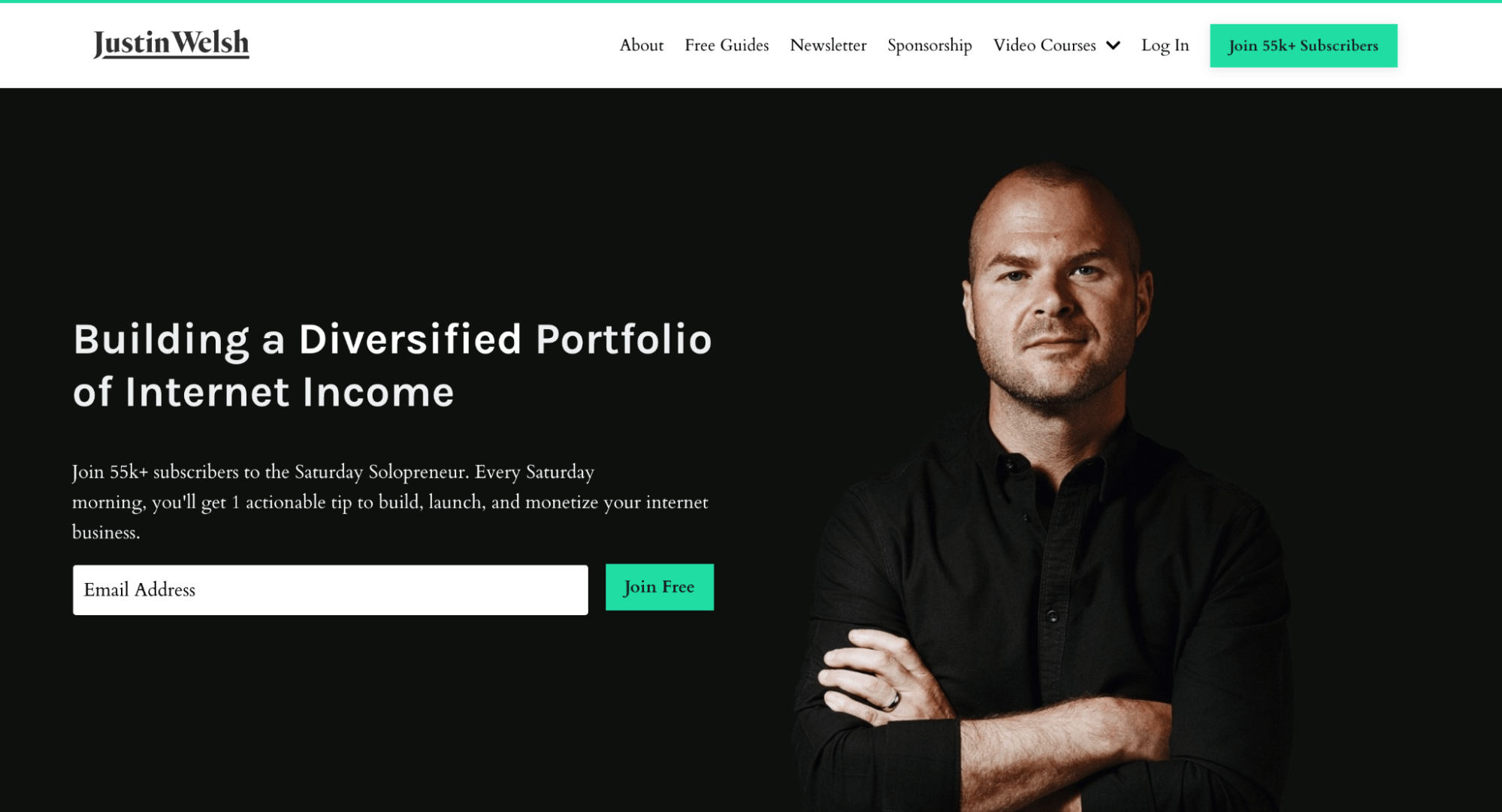
In the past 5 years, he’s grown his personal brand to over 500,000 followers and $5M+ in revenue by offering online courses that teach other entrepreneurs how to grow and monetize their social profiles.
What’s most impressive isn’t how fast he’s grown his business to over $5M in revenue at a near 90% profit margin…
It’s that he hasn’t spent a cent on advertising to do so. How did he pull it off?
- A cult-like following and a generous referral system.
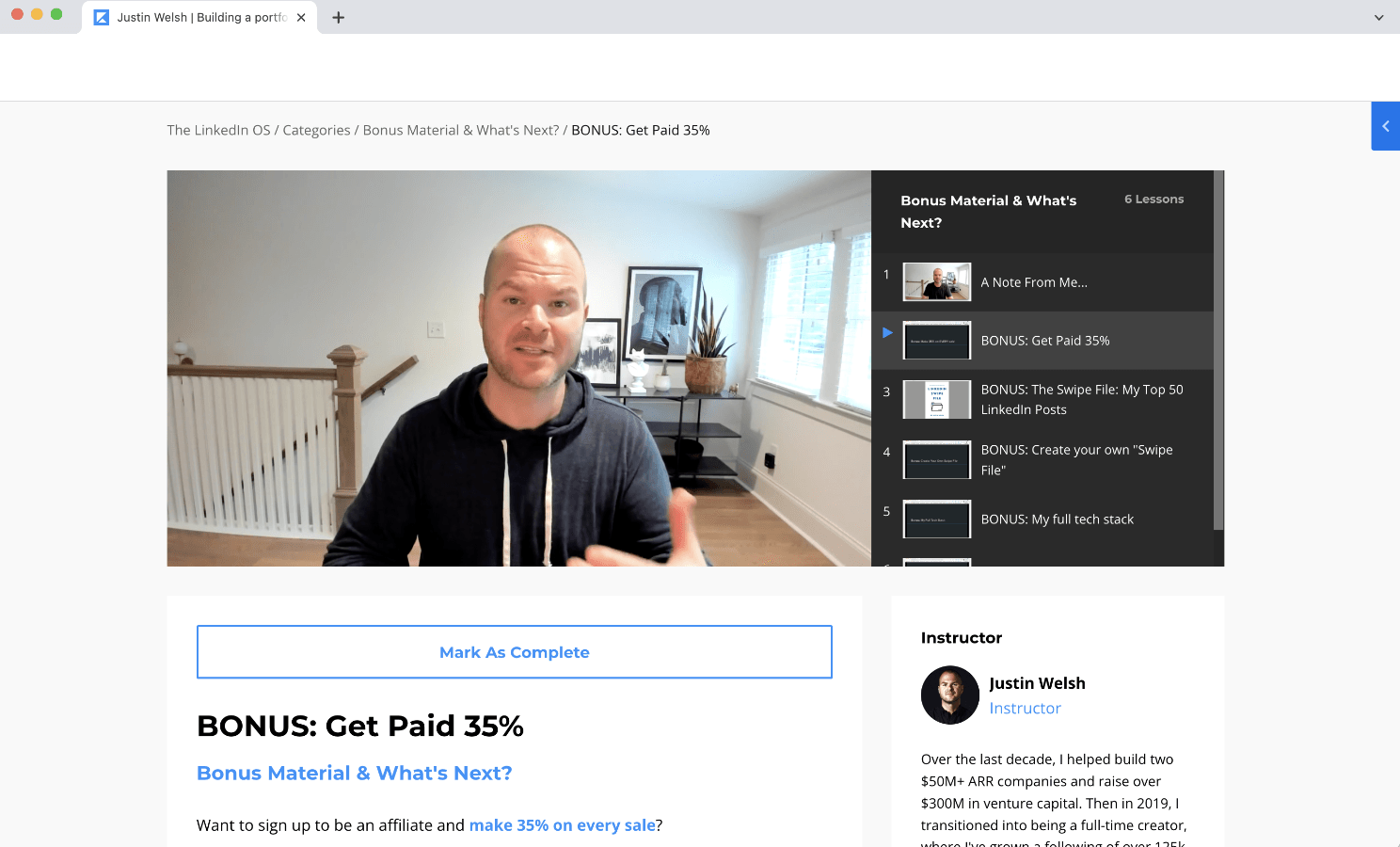
- Ridiculous amounts of social proof.
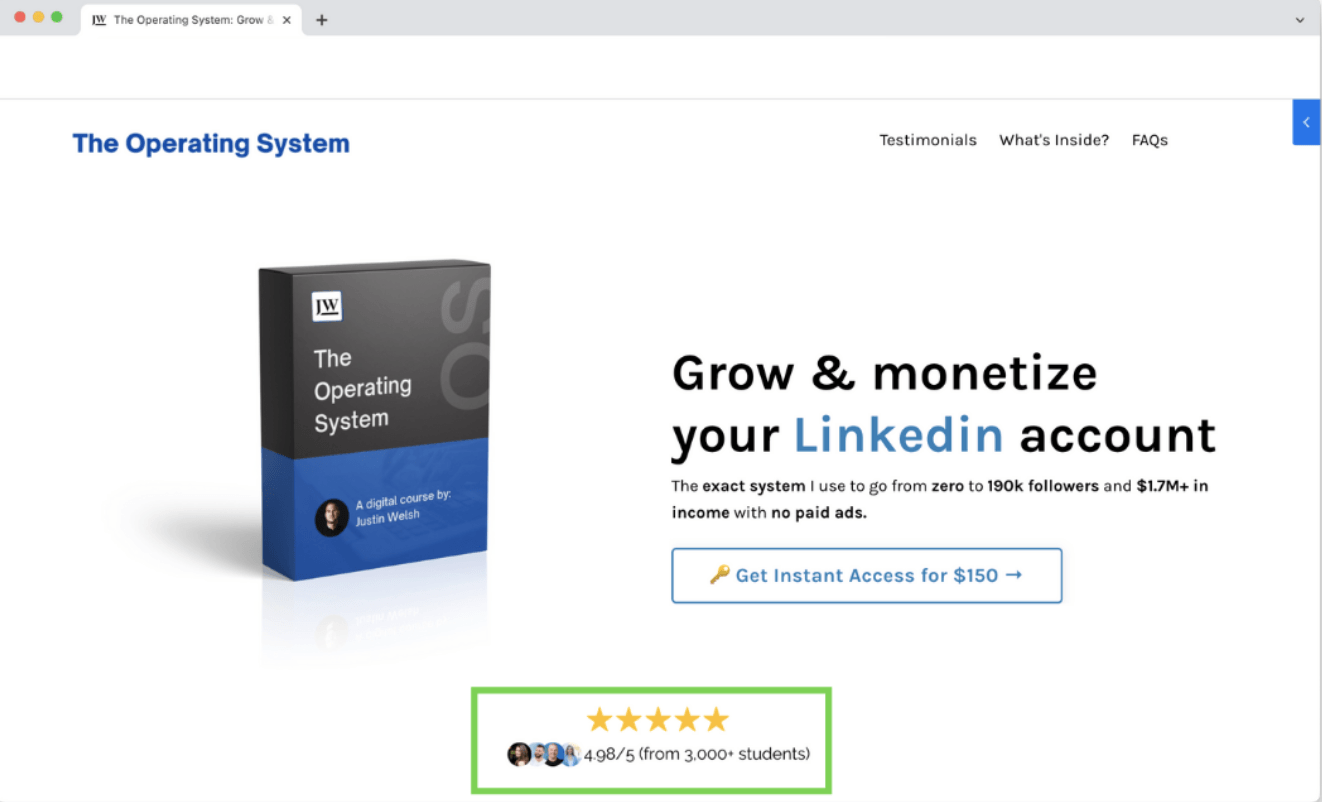
- Shipping content daily.
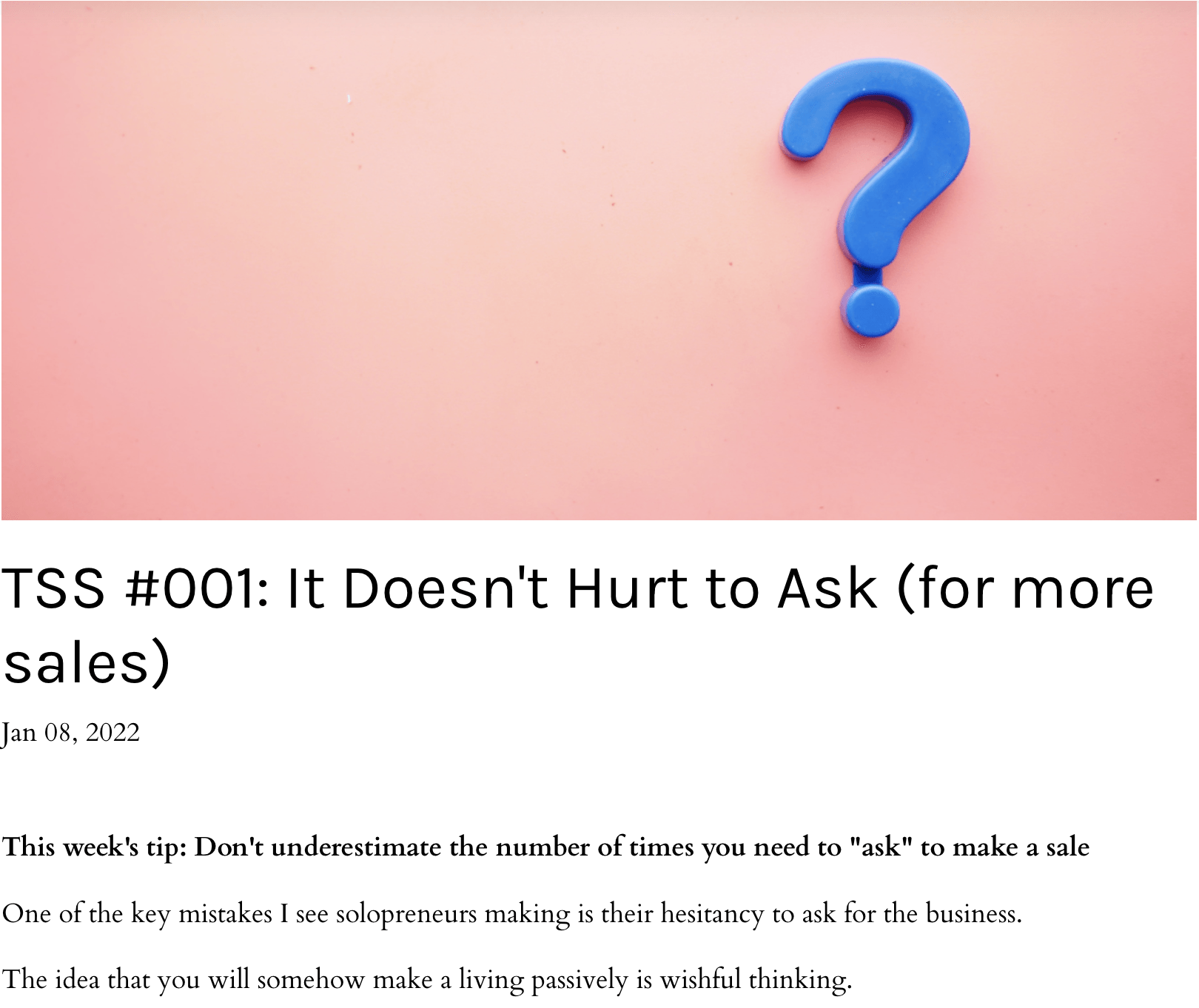
All three of these methods are geared towards one result: getting new subscribers and followers to take the next step in their customer journey.
Referrals accelerate trust-building. Daily posts create multiple opportunities for any subscriber to overcome their objections and make the decision to try your product. Social proof accelerates the purchase process.
The beautiful thing here is this: once they’ve made one purchase from Justin, they know exactly what they should be buying next.
If you’re looking for inspiration, look no further than the closing at the bottom of every email and article that he produces:
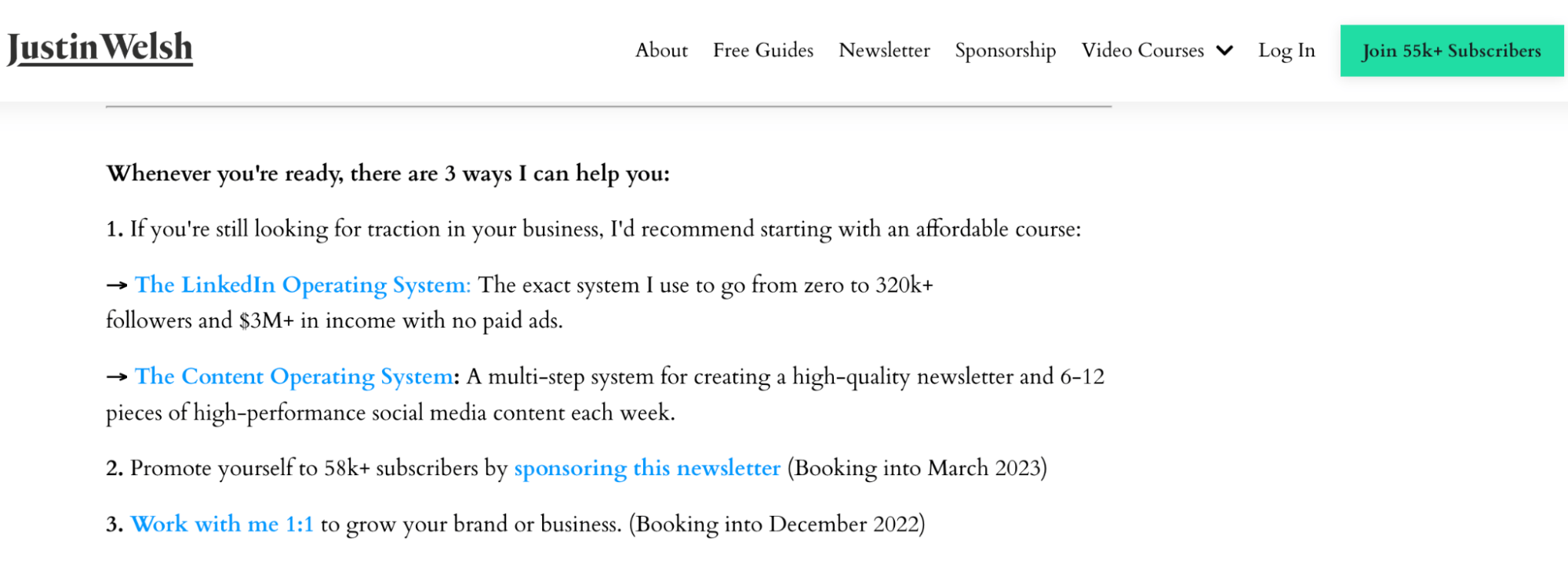
Other coaching businesses to draw inspiration from
- StoryBrand offers mini courses that show their product (coaching program) in action before any purchase.
- Amy Porterfield is using her podcast differently than most, as a middle-of funnel tool.
- King Kong uses “complimentary strategy sessions” instead of demos or consultations on his thank-you page, after leads join his mailing list.
- EOS runs interactive group events and challenges to bring their community together
Applying these acceleration strategies in your B2B SaaS
Here are a few campaign ideas you can apply these acceleration strategies in:
- Use video to create a more personalized subscriber onboarding experience.
- Run a story-based sales campaign using your favorite testimonials.
- Increase the frequency of emails for new leads to help them get more out of their “lead onboarding” campaign.
- Use case studies to introduce users to the stories behind your best customers.
Don’t wait for the muse. Apply this step-by-step method to write high-performing email campaigns in hours, not weeks.
Case study: one company that’s mastering nearly every one of these strategies
Kajabi is an all-in-one platform for creating an online coaching or course business. And if there’s anything they’ve done remarkably well, it’s creating a supportive community that keeps their users subscribed and growing year after year.
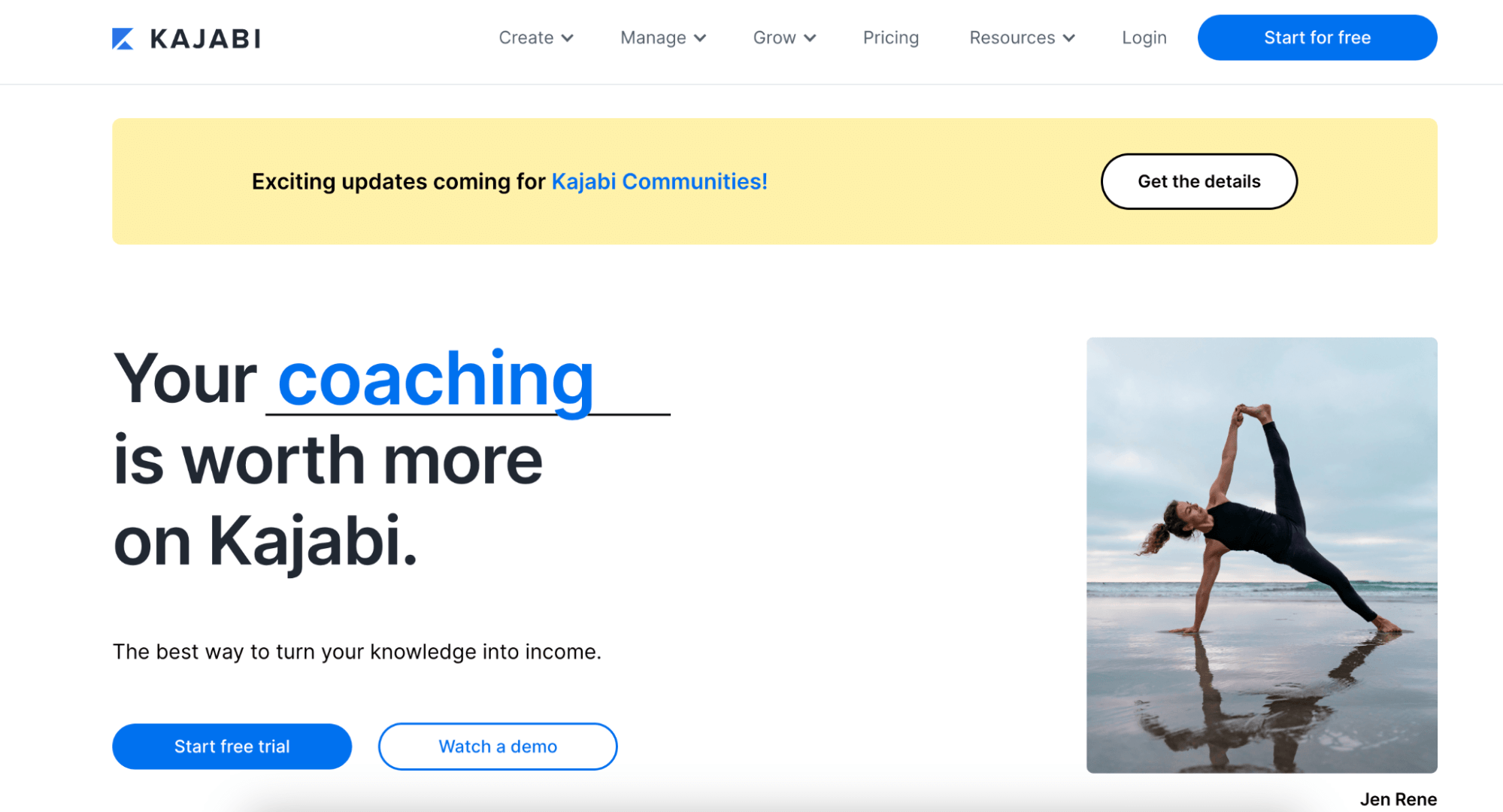
Some users have been using the platform since 2014 and are touted as “founders”.
But, they do a lot more than just recognizing long-term customers…
And while these sound like simple, fun activities that might not make much of a difference for your top line, they’re the reason Kajabi has grown over 267% to $100M/year since 2020.
They reward active users often with “exclusive access” to new features and product developments, swag for reaching certain milestones, and even mini “scavenger hunts” to encourage users to access new features and participate in events.
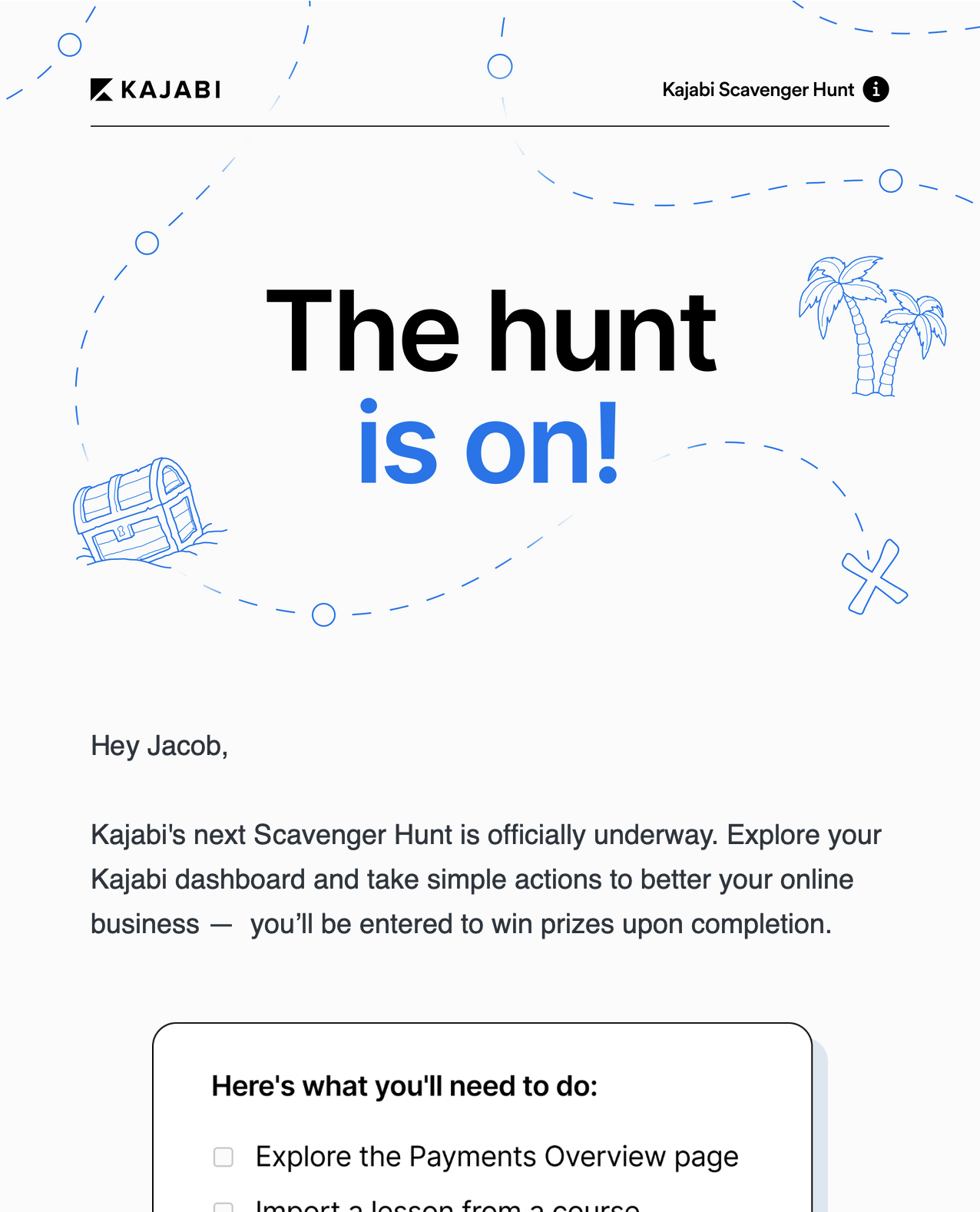
They also run weekly community events focused on parallel benefits and strategies for their users. These events keep them positioned as an authority, but also a trusted resource where users can get their questions answered.
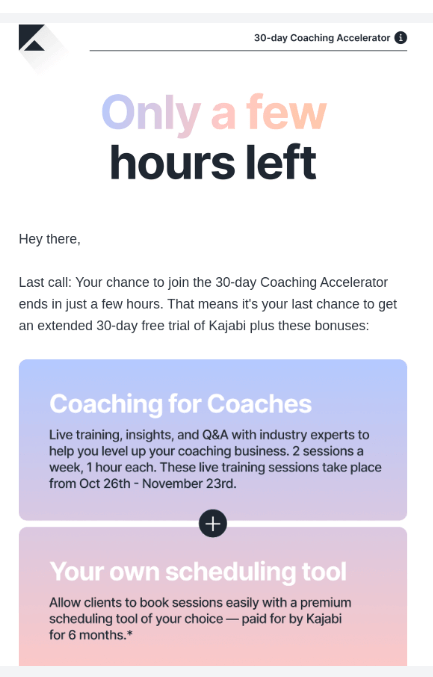
They’ve built akiller referral program that ensures their best customers become one of their top growth channels.
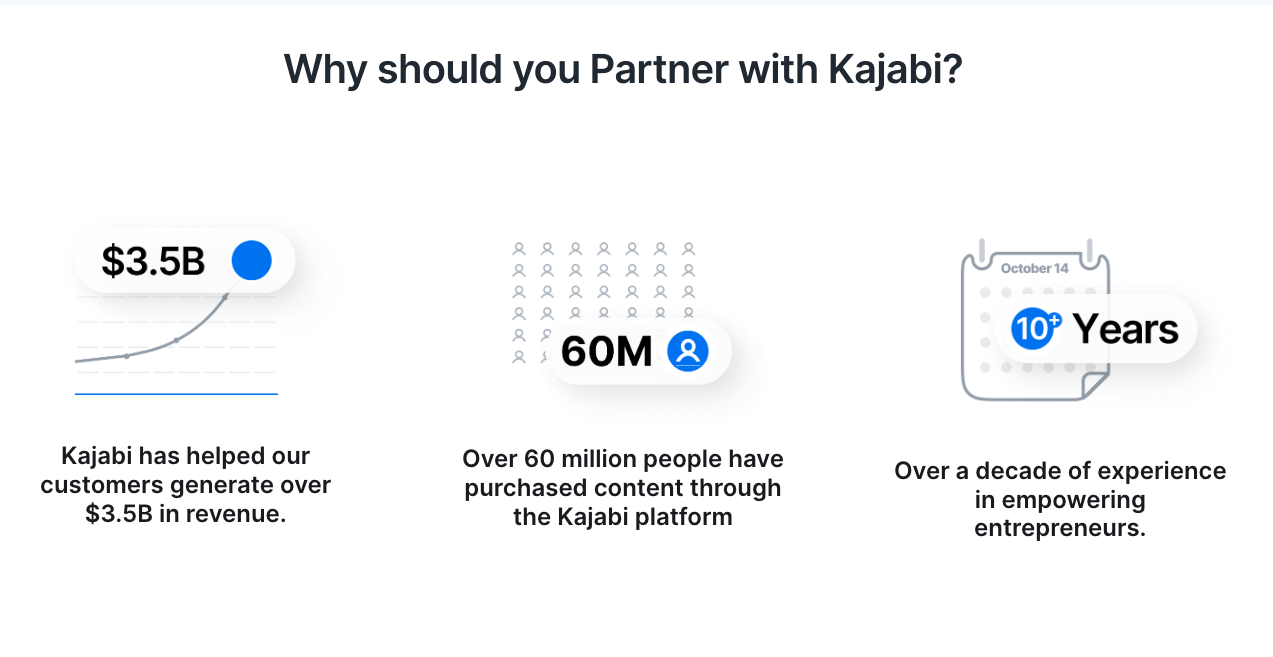
They’ve supplied everyone who has chosen to help grow the platform with an endless stream of resources to share with their audience.
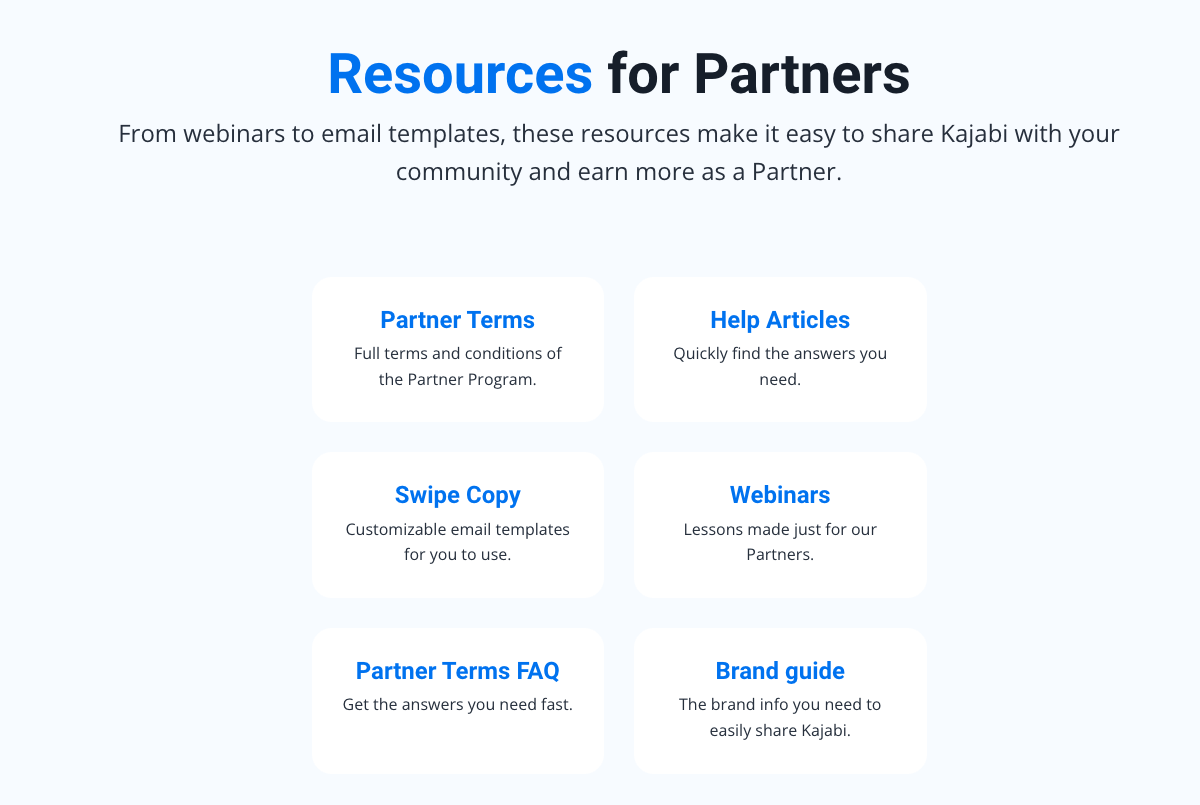
They’ve maximized testimonials as the front-and-center driving point for the brand behind the business. There isn’t an event, webpage, or email they produce that doesn’t come with some support or story from a successful customer.
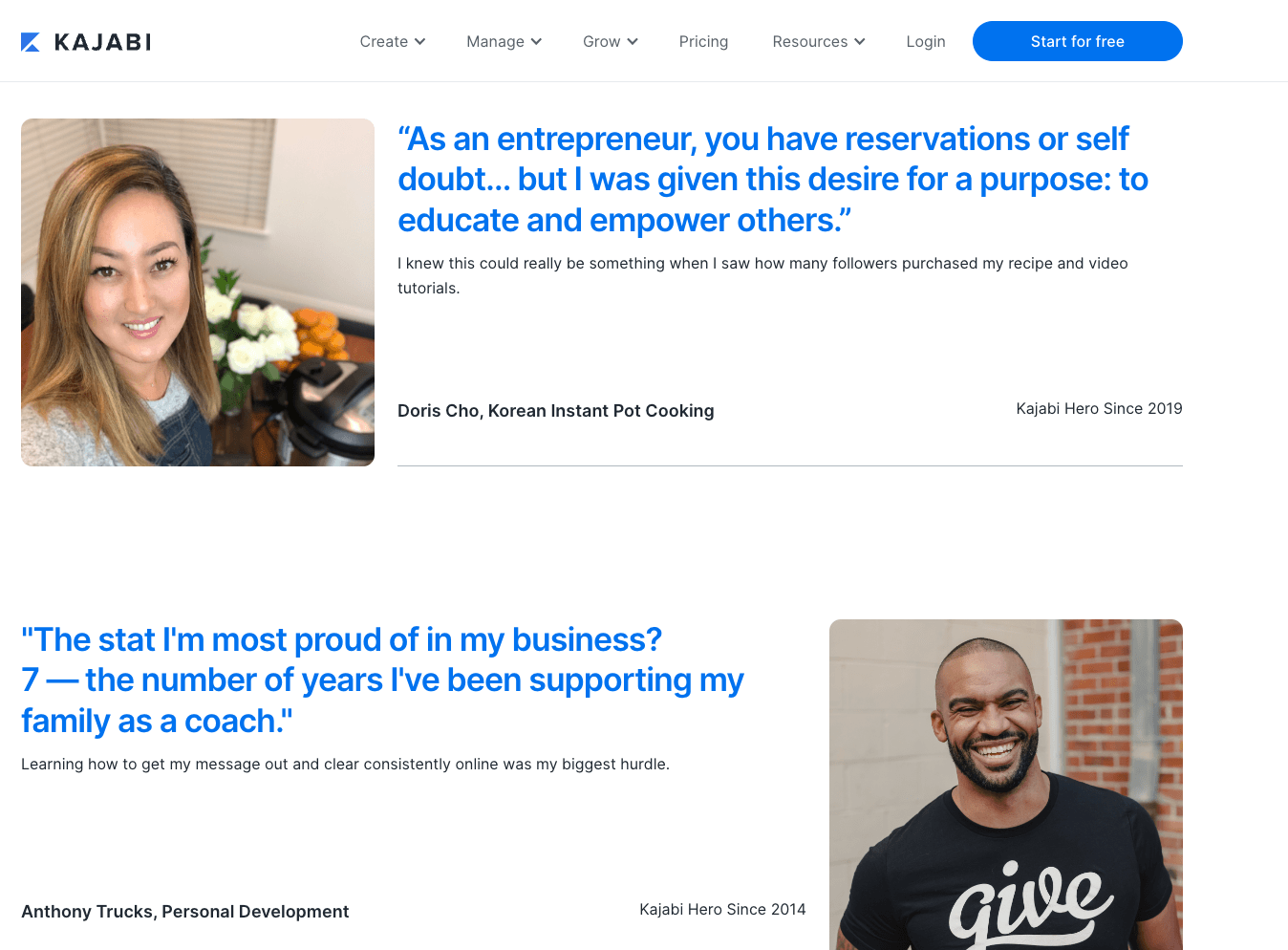
They also have a one-of-a-kind podcast that targets actionable learning opportunities for middle-of-funnel users. It supports their growth on the platform and, in turn, increases their lifetime value.
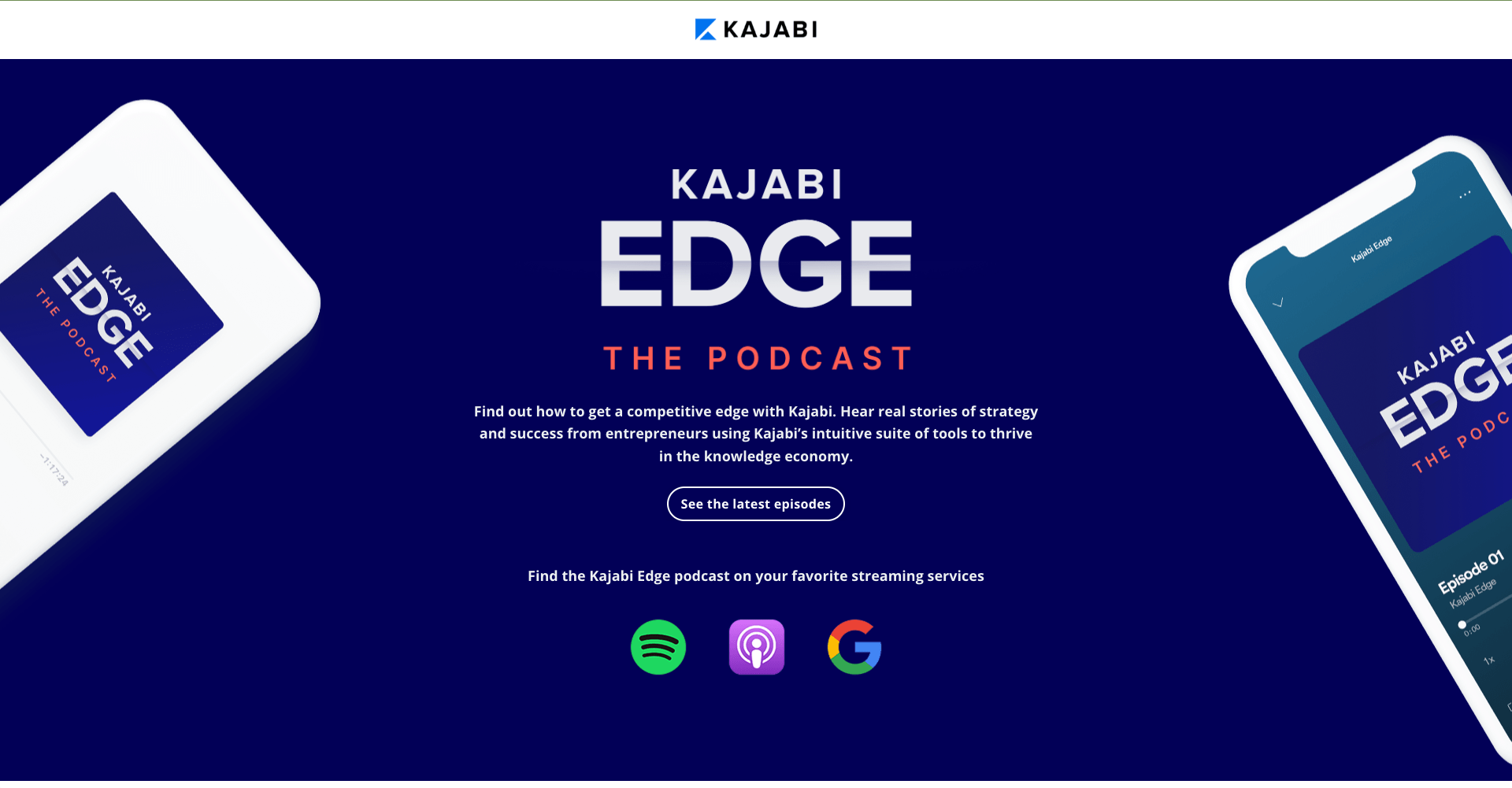
And to cap it all off, they have one of the most creative “free trial” incentives — an income potential calculator.
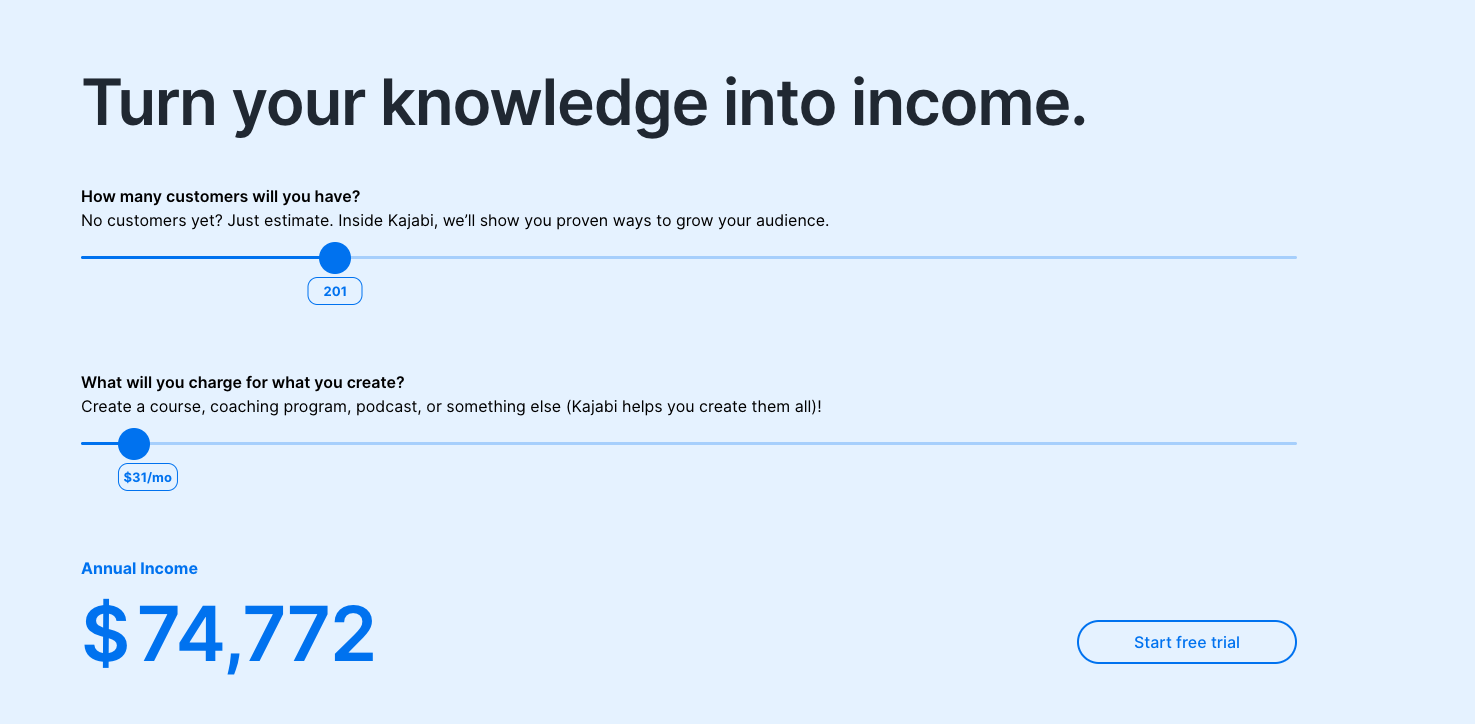
Can your SaaS business grow without these strategies?
It probably can.
You don’t need to employ all of these strategies tomorrow..
But these examples will help you be creative with the way you market to your subscribers. These days, it’s the only way to stand out in their inbox.
So, before you leave, here’s a challenge for YOU. Pick just one of the strategies shared above and explore what it would look like in your SaaS.
Whether that’s with a training library packed with resources, engaging challenges to get trial users into your platform, or a brand new media channel for your middle-of-funnel customers — your subscribers will thank you for it.
Don’t miss out on new articles. Subscribe to our newsletter and get your monthly dose of SaaS email marketing insights.

